当前位置:网站首页>Seaborn数据可视化
Seaborn数据可视化
2022-07-07 15:32:00 【En^_^Joy】
用Seaborn做数据可视化
Seaborn与Matplotlib
Matplotlib画图
import matplotlib as mpl
import matplotlib.pyplot as plt
import numpy as np
plt.figure()
x = np.linspace(0, 10, 500)
y = np.cumsum(np.random.randn(500, 6), 0)
plt.plot(x, y)
plt.legend('ABCDEF', ncol=2, loc='upper left')
# 显示图片
plt.show()
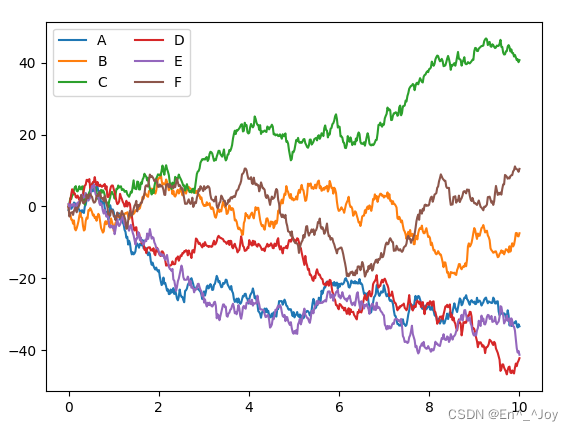
Seaborn有许多高级的画图功能,而且可以改写Matplotlib的默认参数,从而用简单的Matplotlib获得更好的效果,可以用Seaborn的set()方法设置样式
其他代码和上面的一样,只是添加导入这个模块和使用set()函数
import matplotlib as mpl
import matplotlib.pyplot as plt
import numpy as np
import seaborn as sns
sns.set()
plt.figure()
x = np.linspace(0, 10, 500)
y = np.cumsum(np.random.randn(500, 6), 0)
plt.plot(x, y)
plt.legend('ABCDEF', ncol=2, loc='upper left')
# 显示图片
plt.show()
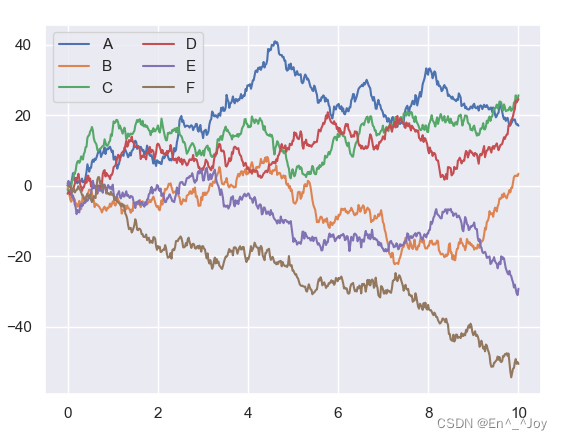
Seaborn图形介绍
很多图形用Matplotlib都可以实现,三用Seaborn会更方便
频次直方图、KDE和密度图
频次直方图
import matplotlib as mpl
import matplotlib.pyplot as plt
import numpy as np
import seaborn as sns
import pandas as pd
sns.set()
plt.figure()
data = np.random.multivariate_normal([0, 0], [[5, 2], [2, 2]], size=2000)
data = pd.DataFrame(data, columns=['x', 'y'])
for col in 'xy':
plt.hist(data[col], alpha=0.5)
# 显示图片
plt.show()
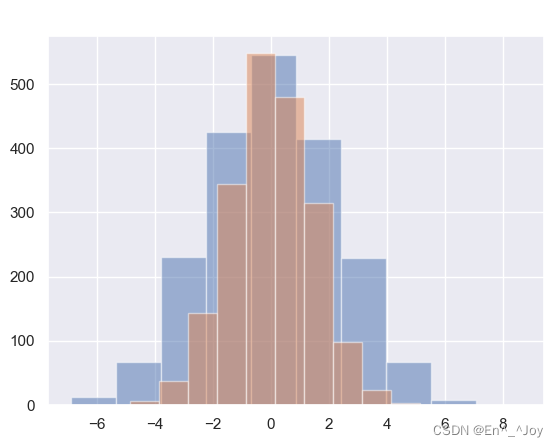
用KDE获取变量分布的平滑评估,通过sns.kdeplot实现
for col in 'xy':
sns.kdeplot(data[col], shade=True)
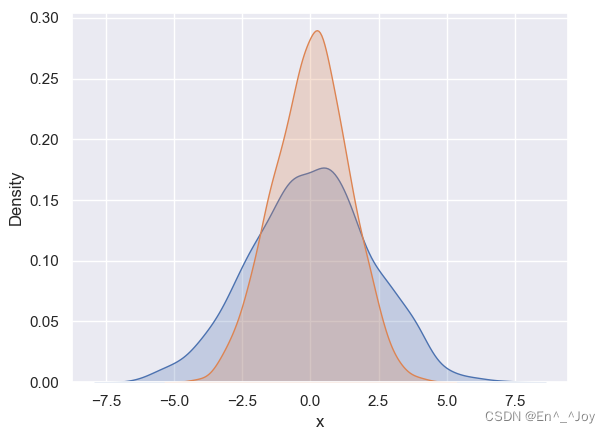
用distplot可以让频次直方图与KDE结合起来
for col in 'xy':
sns.distplot(data[col])
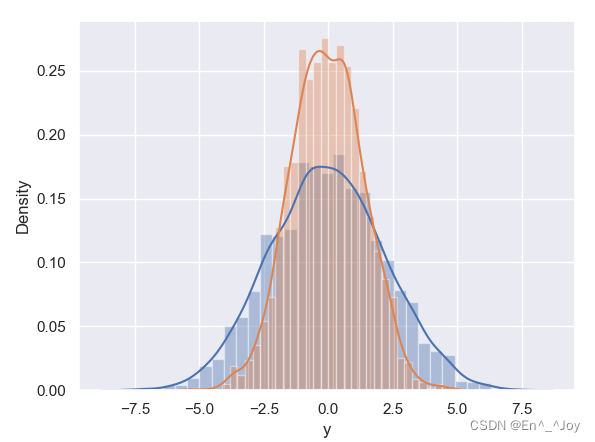
如果想kdeplot输入的是二维数据集,那么可以获得一个二维数可视化
sns.kdeplot(data['x'],data['y'])
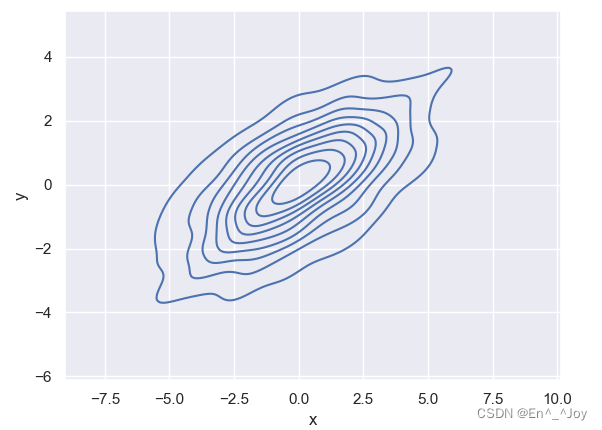
用sns.jointplot可以同时看到两个变量的联合分布与单变量的独立分布,在这里使用白色背景
with sns.axes_style('white'):
sns.jointplot("x", "y", data, kind='kde')
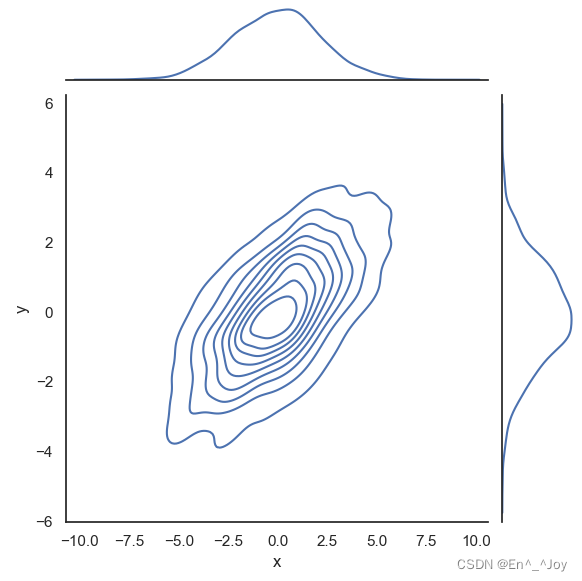
with sns.axes_style('white'):
sns.jointplot("x", "y", data, kind='hex')
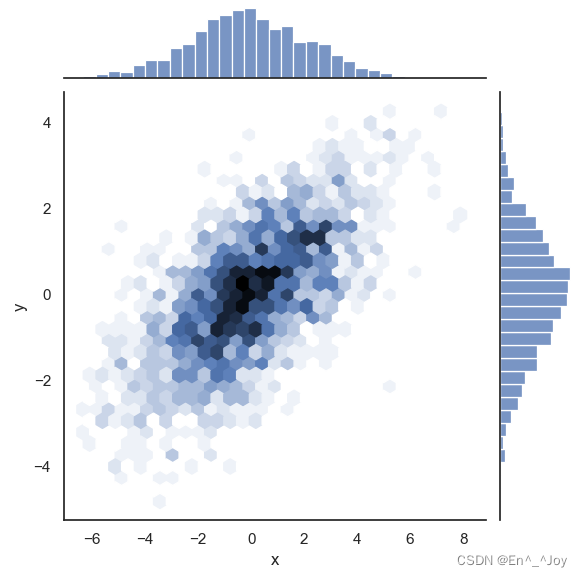
矩阵图
下面是四个变量之间关系的矩阵图
import matplotlib as mpl
import matplotlib.pyplot as plt
import numpy as np
import seaborn as sns
import pandas as pd
sns.set()
plt.figure()
iris = sns.load_dataset("iris")
print(iris.head())
''' sepal_length sepal_width petal_length petal_width species 0 5.1 3.5 1.4 0.2 setosa 1 4.9 3.0 1.4 0.2 setosa 2 4.7 3.2 1.3 0.2 setosa 3 4.6 3.1 1.5 0.2 setosa 4 5.0 3.6 1.4 0.2 setosa '''
sns.pairplot(iris, hue='species', size=2.5)
# 显示图片
plt.show()
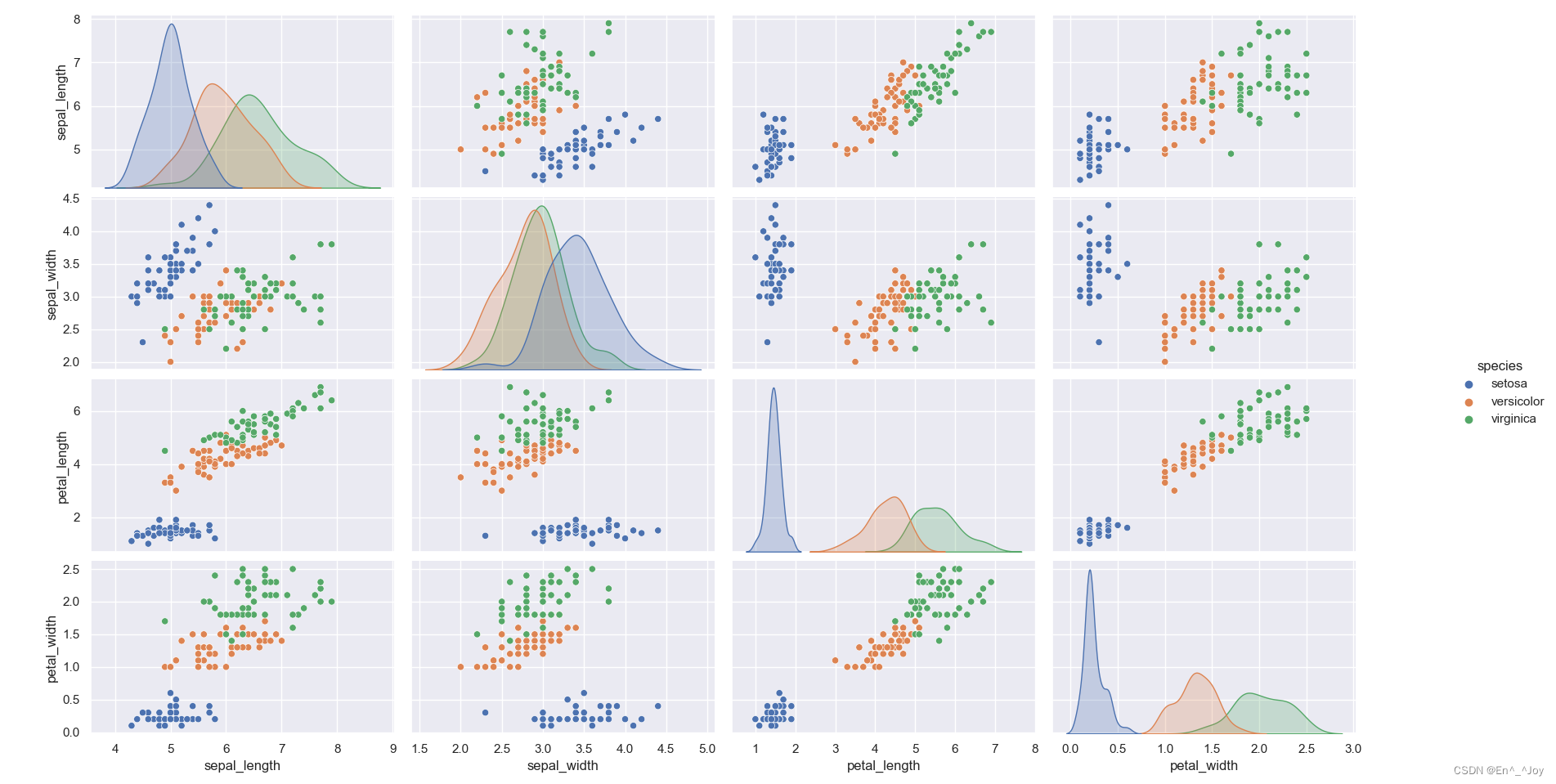
分面频次直方图
import matplotlib as mpl
import matplotlib.pyplot as plt
import numpy as np
import seaborn as sns
import pandas as pd
sns.set()
plt.figure()
tips = sns.load_dataset("tips")
print(tips)
''' total_bill tip sex smoker day time size 0 16.99 1.01 Female No Sun Dinner 2 1 10.34 1.66 Male No Sun Dinner 3 2 21.01 3.50 Male No Sun Dinner 3 3 23.68 3.31 Male No Sun Dinner 2 4 24.59 3.61 Female No Sun Dinner 4 .. ... ... ... ... ... ... ... 239 29.03 5.92 Male No Sat Dinner 3 240 27.18 2.00 Female Yes Sat Dinner 2 241 22.67 2.00 Male Yes Sat Dinner 2 242 17.82 1.75 Male No Sat Dinner 2 243 18.78 3.00 Female No Thur Dinner 2 [244 rows x 7 columns] '''
tips['tip_pct'] = 100*tips['tip']/tips['total_bill']
grid = sns.FacetGrid(tips, row="sex", col="time", margin_titles=True)
grid.map(plt.hist, "tip_pct", bins=np.linspace(1, 40, 15))
# 显示图片
plt.show()
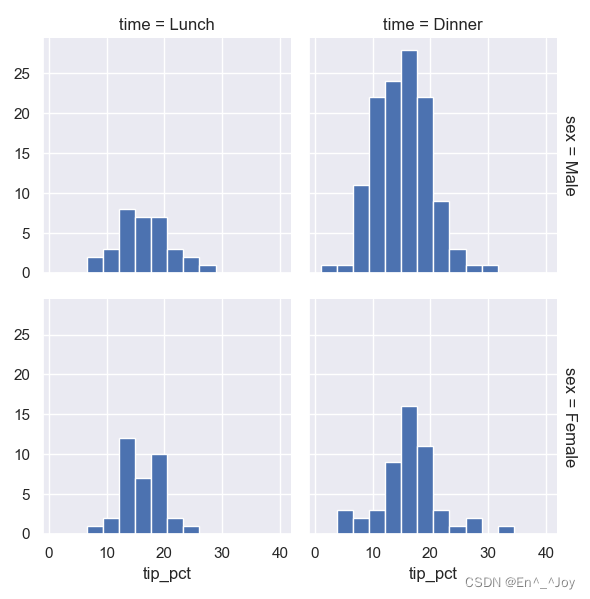
因子图
import matplotlib as mpl
import matplotlib.pyplot as plt
import numpy as np
import seaborn as sns
import pandas as pd
sns.set()
plt.figure()
tips = sns.load_dataset("tips")
tips['tip_pct'] = 100*tips['tip']/tips['total_bill']
with sns.axes_style(style='ticks'):
g = sns.factorplot("day", "total_bill", "sex", data=tips, kind="box")
g.set_axis_labels("day", "Total Bill")
# 显示图片
plt.show()
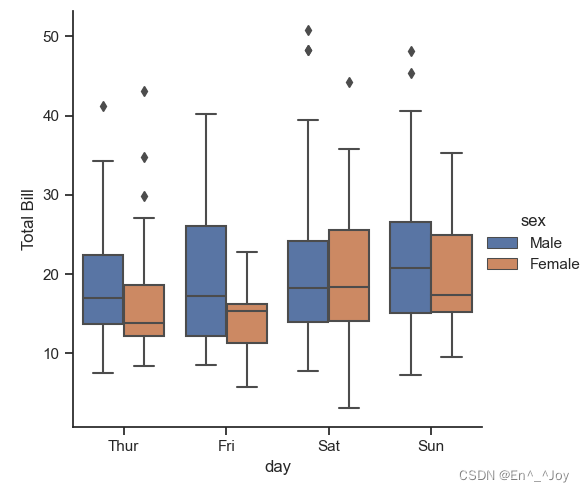
联合分布
with sns.axes_style('white'):
sns.jointplot("total_bill", "tip", data=tips, kind='hex')
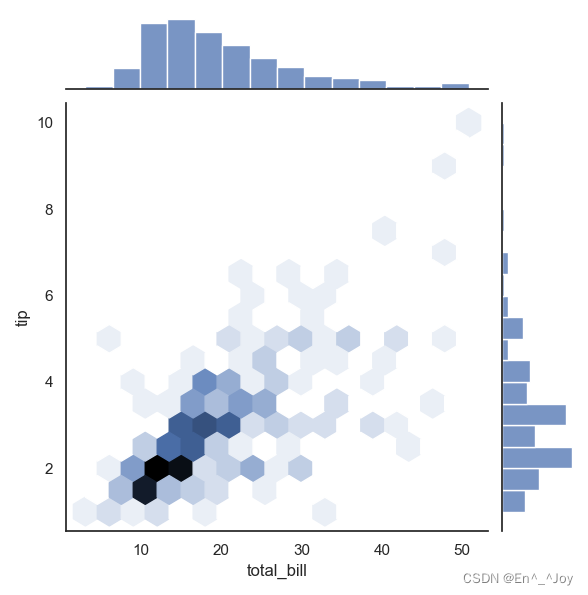
with sns.axes_style('white'):
sns.jointplot("total_bill", "tip", data=tips, kind='reg')
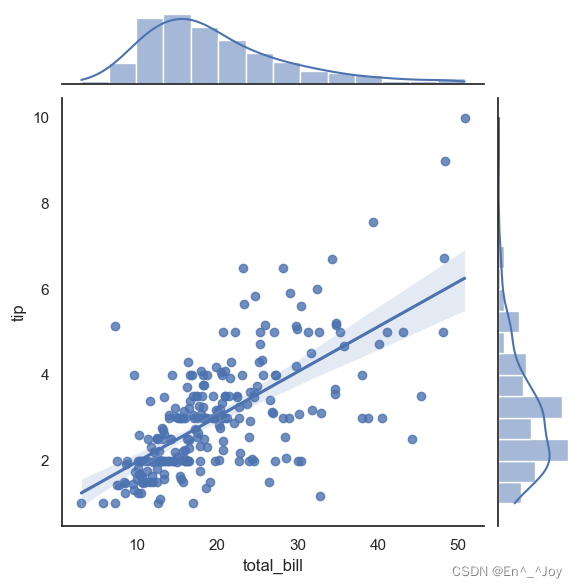
条形图:sns.factorplot画条形图
import matplotlib as mpl
import matplotlib.pyplot as plt
import numpy as np
import seaborn as sns
import pandas as pd
sns.set()
plt.figure()
planets = sns.load_dataset('planets')
print(planets.head())
''' method number orbital_period mass distance year 0 Radial Velocity 1 269.300 7.10 77.40 2006 1 Radial Velocity 1 874.774 2.21 56.95 2008 2 Radial Velocity 1 763.000 2.60 19.84 2011 3 Radial Velocity 1 326.030 19.40 110.62 2007 4 Radial Velocity 1 516.220 10.50 119.47 2009 '''
with sns.axes_style('white'):
g = sns.factorplot("year", data=planets, aspect=2, kind="count", color='steelblue')
g.set_xticklabels(step=5)
# 显示图片
plt.show()
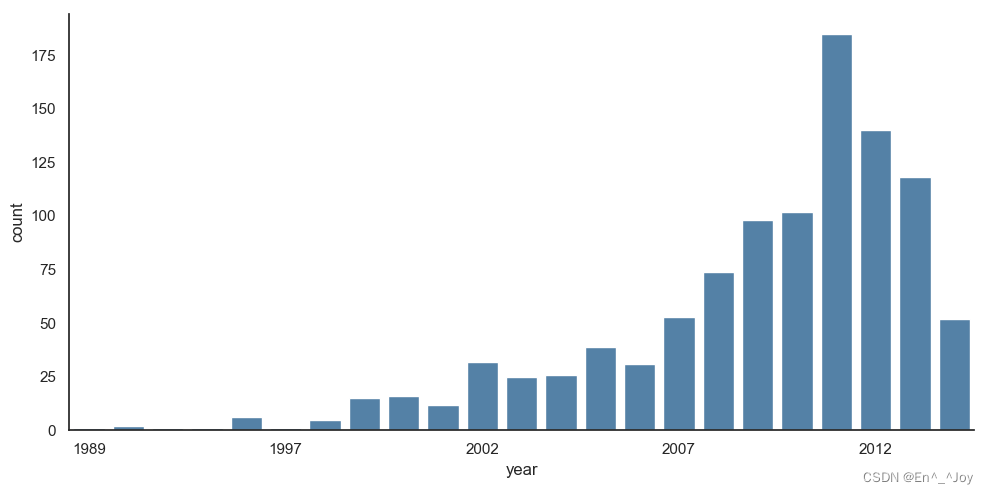
with sns.axes_style('white'):
g = sns.factorplot("year", data=planets, aspect=4.0, kind="count", hue='method', order=range(2001, 2015))
g.set_ylabels('Number of Planets Discovered')

边栏推荐
- Binary search tree (basic operation)
- 在哪个期货公司开期货户最安全?
- C语言进阶——函数指针
- Have fun | latest progress of "spacecraft program" activities
- Prediction - Grey Prediction
- Sort out several important Android knowledge and advanced Android development interview questions
- 谈谈 SAP 系统的权限管控和事务记录功能的实现
- 1亿单身男女“在线相亲”,撑起130亿IPO
- Horizontal and vertical centering method and compatibility
- 低代码(lowcode)帮助运输公司增强供应链管理的4种方式
猜你喜欢
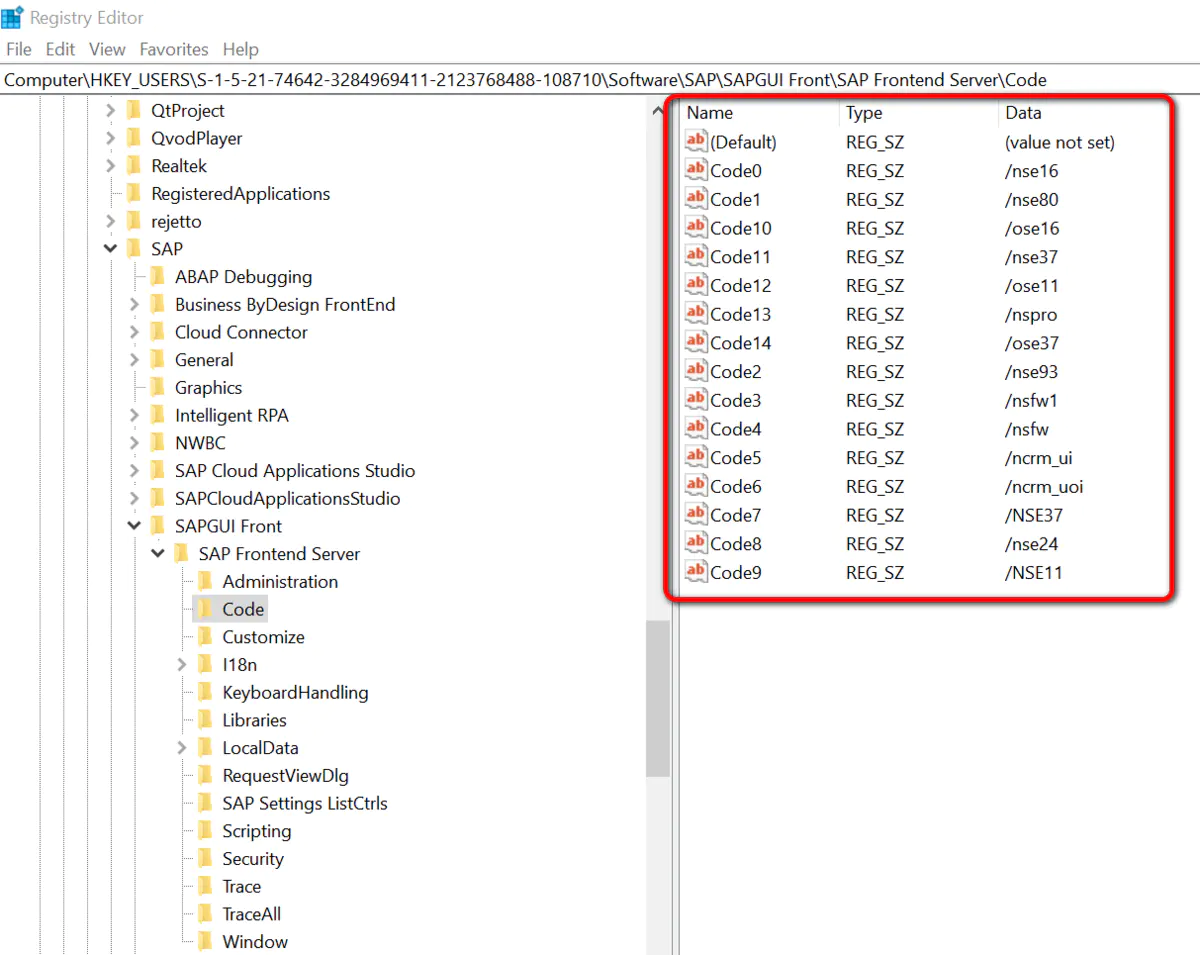
Talk about the realization of authority control and transaction record function of SAP system
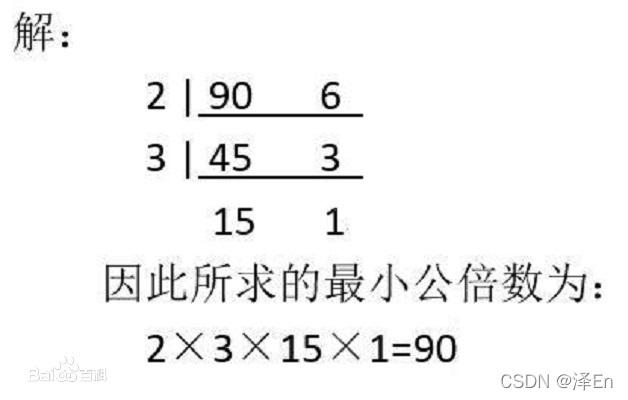
【C 语言】 题集 of Ⅹ

运算符
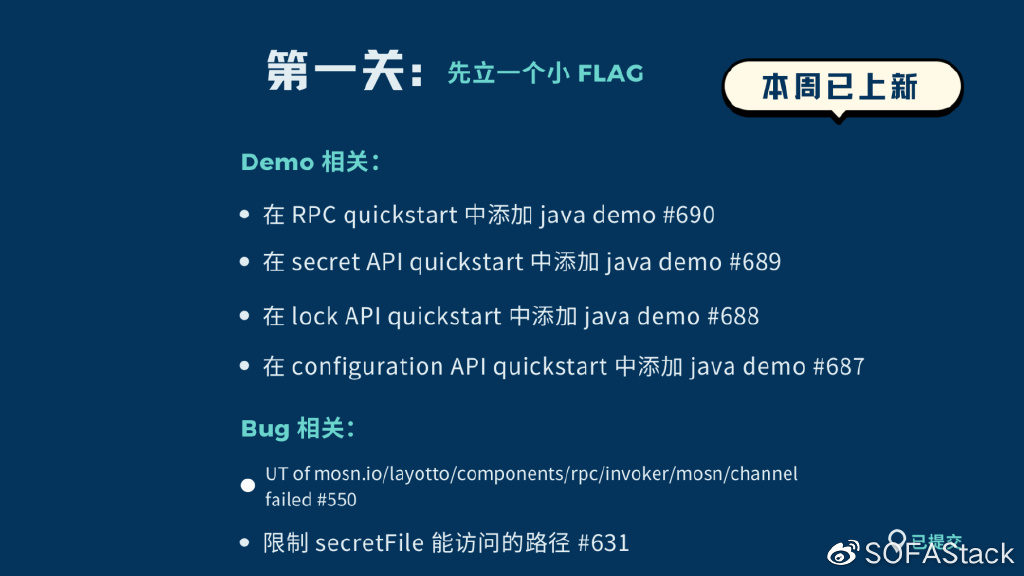
HAVE FUN | “飞船计划”活动最新进展
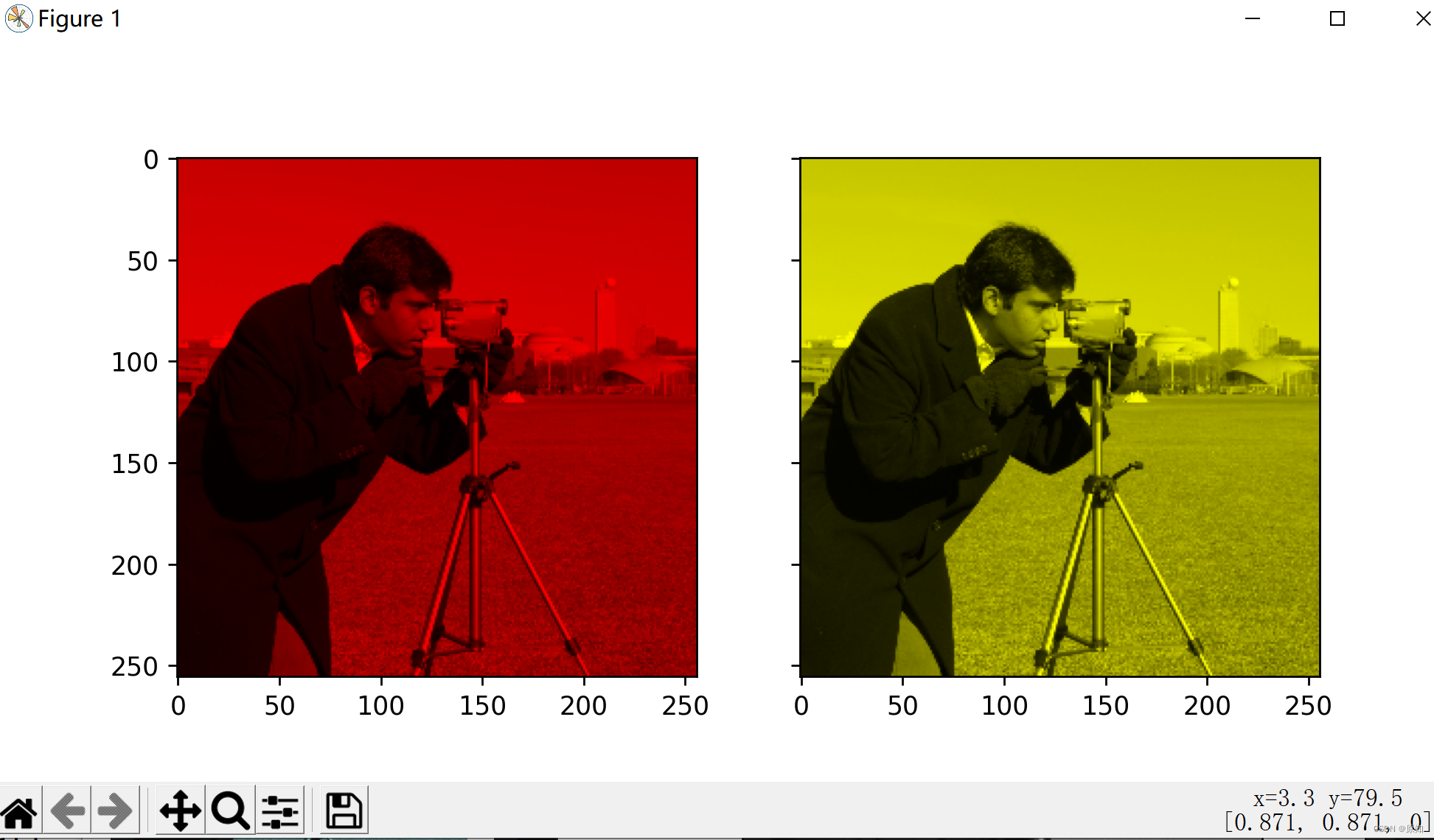
skimage学习(3)——Gamma 和 log对比度调整、直方图均衡、为灰度图像着色

【Android -- 数据存储】使用 SQLite 存储数据

最新Android面试合集,android视频提取音频
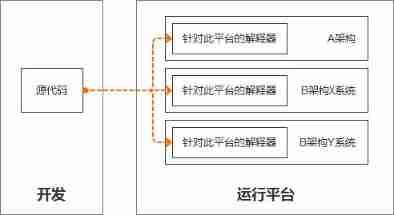
The difference and working principle between compiler and interpreter
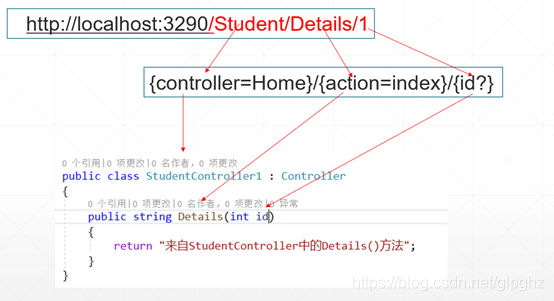
浅浅理解.net core的路由

A tour of gRPC:03 - proto序列化/反序列化
随机推荐
Have fun | latest progress of "spacecraft program" activities
Inner monologue of accidental promotion
[designmode] template method pattern
【Vulnhub靶场】THALES:1
【Android -- 数据存储】使用 SQLite 存储数据
二叉搜索树(基操篇)
Master this promotion path and share interview materials
ByteDance Android gold, silver and four analysis, Android interview question app
蓝桥杯 决赛 异或变换 100分
Opencv configuration 2019vs
[Android -- data storage] use SQLite to store data
Vs2019 configuration matrix library eigen
【DesignMode】享元模式(Flyweight Pattern)
[PHP] PHP interface inheritance and interface multi inheritance principle and implementation method
spark调优(三):持久化减少二次查询
Set the route and optimize the URL in thinkphp3.2.3
面试题 01.02. 判定是否互为字符重排-辅助数组算法
LeetCode 1031. 两个非重叠子数组的最大和 每日一题
射线与OBB相交检测
skimage学习(3)——使灰度滤镜适应 RGB 图像、免疫组化染色分离颜色、过滤区域最大值